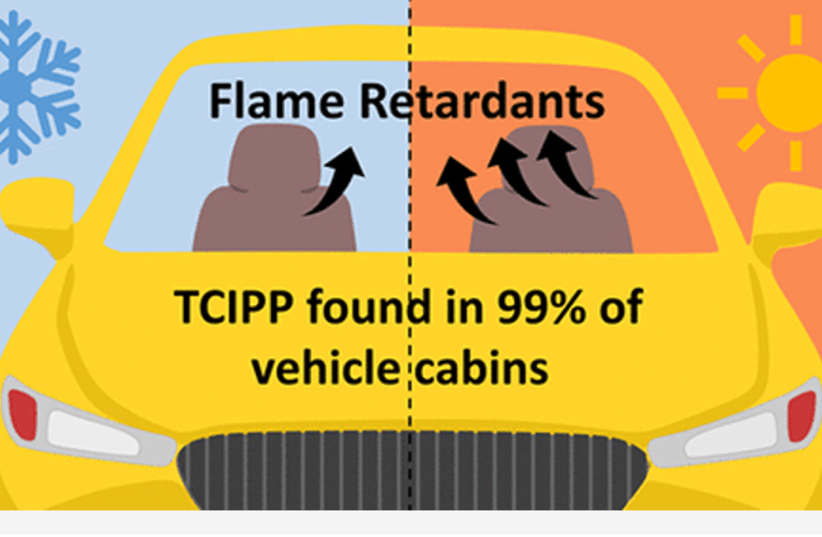
Modern technology appears to expose the human body to threats from all directions, and the latest report on substances found in the overwhelming majority of 101 tested cars is not encouraging. According to ScienceAlert, 99% of these vehicles contained chemicals that could cause cancer, neurological problems, or reproductive system damage.
The worst impact is in the summer
In these cars, various types of phosphates, such as TDCIPP and TCEP, were found. These chemicals can cause serious health issues that have not traditionally been associated with car interiors. They seem to be released the most during hot summer weather, with concentrations 2 to 5 times higher than in winter, according to the Green Science Policy Institute.

The exact danger level of the measured concentrations of these substances in cars is still uncertain, and further research is needed. However, it is clear that these substances are detrimental to health. They originate from materials used in cars to meet fire safety standards. Ironically, during a fire, they produce even more toxic smoke. Experts emphasize the need to update these standards, which date back to the 1970s.
TCIPP, another material identified, is used in furniture and textiles and is currently under investigation for its potential to cause cancer. Experts argue that commuting to work should not pose a cancer risk, and children should not be exposed to brain-damaging chemicals during school commutes.
Dangers inside and outside
As if the chemicals produced by combustion engines, which saturate the air around cars, weren’t enough, the use of these cars might not be safe from the inside either, even after filtering the outside air. These substances can be especially problematic for drivers who spend long hours in their vehicles.
Humanity has managed to contaminate virtually the entire planet with various potentially harmful chemicals. This is also true for “forever chemicals,” known as PFAS. In a study analyzing PFAS levels in wild freshwater fish from American rivers and lakes, scientists analyzed up to 500 samples collected between 2013 and 2015. The median PFAS concentration in these fish was 9,500 ng/kg.


